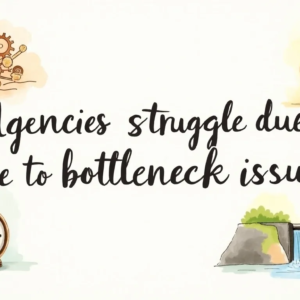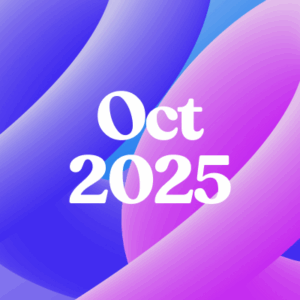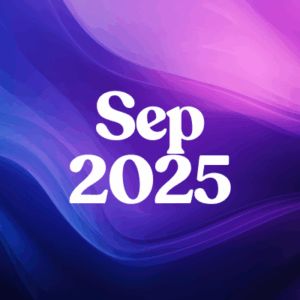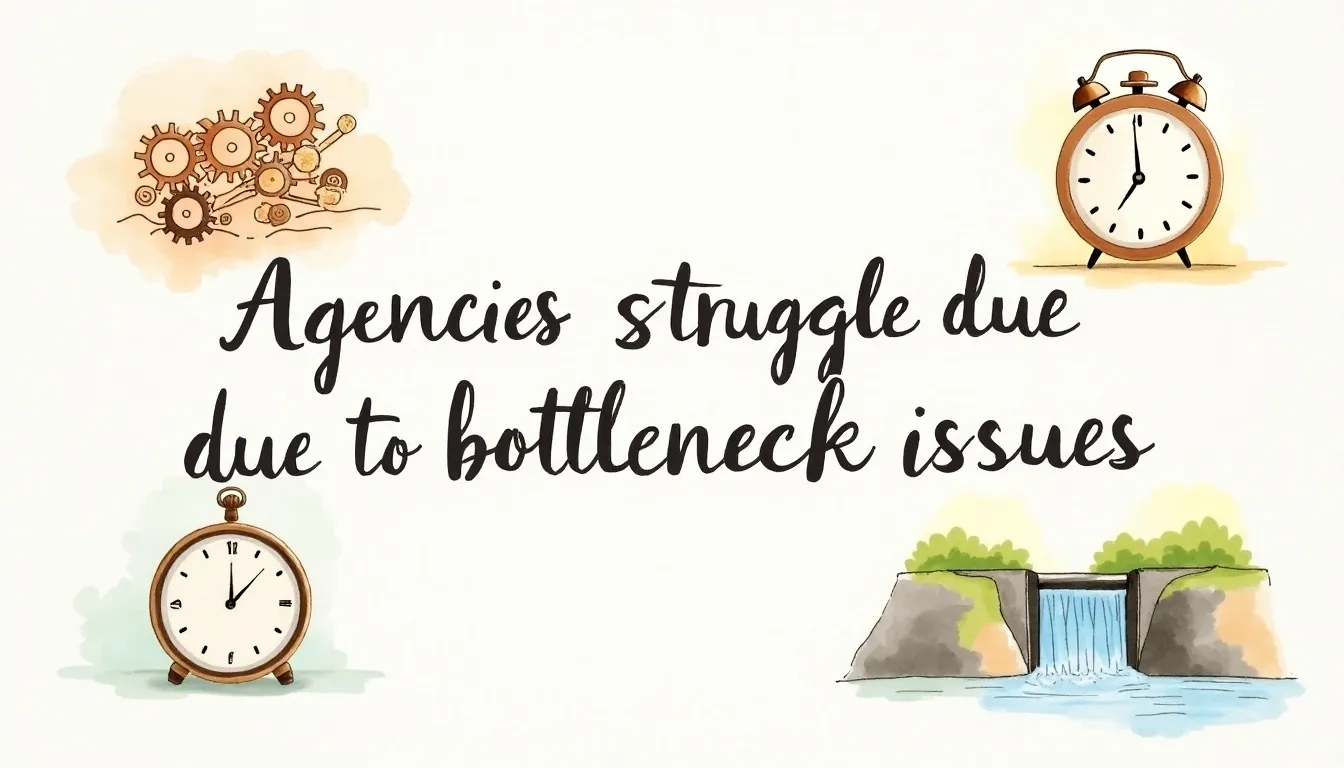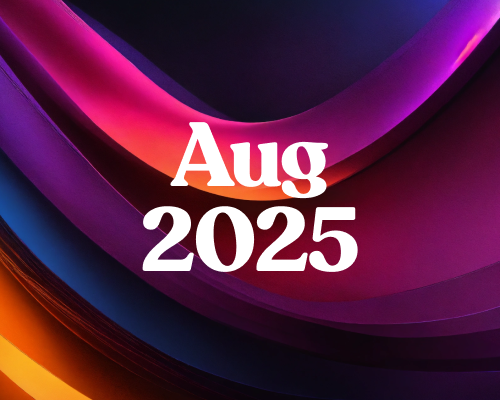This is a brief guide for both designers and clients, enabling them to form a positive work designer-client relationship and environment to make the simplest creative outcomes from the method. That’s right – it’s rarely talked about, but there’s often the question of – how does the designer-client relationship works? How can we start? Is it right down to the client – or the designer?
Now no working designer-client relationship goes running an equivalent as another. People are different and they work differently. But that’s the sweetness of working with freelance designers because their skills guide you through their design process.
Why do I want to understand this?
Embarking upon a replacement account, particularly in a neighborhood-like design. (Which are often a quite personal process as we all have different preferences) is often difficult and time-consuming. It’s normal to possess concerns over who you’re working with and the way it’s all getting to work. So spending a tough time getting the project going together with your designer is often key to the entire process of staying on plan.
First and foremost, the designer-client relationship isn’t always a simple one. The bulk of business owners say it’s all about finding the proper balance. So, if that’s the case (which I completely agree with), what ideals and values does everyone got to bring back the table to form it work?
7 Key themes:

I’ve established 7 key themes that are important for the client and designer to remember of and confine mind before, during, and after the project:
- Clarity
- Trust
- Communication
- Understanding and adaptability
- Following the method
- Responsibility and feedback
- Keeping an open mind
There are some ways to urge great work from a designer, and mostly. They’ll offer you great work regardless because that’s what they’re good at. Sometimes though, it’s also great to understand how you’ll be a far better asset towards the creative process. After all, it’s your brief, your project and I’m pretty sure, you would like it looking perfect too!
Clarity
There are two questions:
- What are you looking for?
- Why have you ever decided to outsource a graphic designer?
There are often many reasons to figure with designers – and therefore the first port of call is to clarify your goals, expectations, and wishes. Most designers will work with you to form sure they’re the proper designer for what you’re trying to find – that they will provide you with everything you would like which your project and their design skills fit. It’s handy if you recognize what you would like, but either way, inherit the project with an open mind.
So, what are your goals, and are they being accomplished? It’s okay to vary what you would like a touch mid-project as long as you’re open with the designer about your needs or potential difficulties. Then you and therefore the designer can lead an open discussion throughout the project, instead of either one among you feeling left behind.
Trust
Achieving (and keeping) trust is invaluable for a robust working designer client relationship, whatever industry you’re employed in. you’re trusting the designer to ascertain your vision, develop your thought process and make something that hits the nail on the top.
If you don’t have trust in them, it is better not to work with them. Being clear and upfront about likes, dislikes and expectations will give everyone an excellent start line. Although there’s no problem with not being sure about what you would like, you’ll bet your designer will have a tough time deciding whether you wish something or not if you don’t tell them.
Being clear from the beginning avoids any surprises and is imperative for the designer to supply tailored advice and guidance supported knowing your needs and what their skillset offers.
Communication

Communication: that’s talking and taking note of each other we frequently forget how important the listening part is, but without that, we’re getting nowhere.
Two-way communication and feedback between both parties is significant – an open circulation of ideas, values, and goals can then be shared and discussed so that we will get to an equivalent goal with an equivalent vision in mind.
So, when you’re unsure about something, just ask! That’s something designers should be doing too, an excessive amount of assumption can get a project very lost… because the funny thing with design is, is that the planning purpose and our personal opinions can become blurred. So, talking about the run-through (whether that’s with one another, a colleague, attention group, or someone outside the process) is often an ideal thanks to keeping it up the track and meet the project goals.
Understanding and adaptability
Some people work weekends, some work evenings, and a few don’t work traditional working hours at all! With the ever-changing work-life balance and non-traditional working hours becoming more common, it’s becoming very helpful to spotlight once we do or don’t work and once, we will or won’t be available. If possible, a minimum of avoid assuming someone works precisely the same way and times you do!
We’re real people, with real work, real families, and many life commitments to balance in our schedule. If you recognize you’re employed outside the quality 9-5 otherwise you are often inaccessible for giant periods of your time, it’s probably best to start the project with this information upfront. It’s easy to plan, once you know when!
For me, the planning process is a collaboration also a process. I’ve found that being flexible with one another can help to place project deadlines within the right place immediately. If you’re on an equivalent page, it’s easier to figure at an equivalent pace – no one likes to miss a deadline or run behind with a project because basic information wasn’t made clear.
Following the method
So this leads me straight into the importance of following the method – the project schedule and process exist for a reason. And like I said above I feel the truth design process is usually (or very often) a collaborative one. Involving the client with all stages of the method has invaluable benefits.
Who doesn’t want that?
The process is important and may vary for the various sort of design work being done. Once I work with a client, I’m always happy to offer an insight into my planning and the way it all fits together. To form for a more seamless project starting to end.
As with anything, management is vital – for the client. This is often something you don’t need to worry about the maximum amount, particularly with short or 1-1 projects. However, because of the designer or project manager (such as for giant team-focused projects). Being organized can change how successful and enjoyable a project is. Without realizing it, an unmanaged or abandoned project can become a little nightmare. A project needs direction to maneuver forward or eventually, any creativity and development will just stop. Leaving everyone somewhat sitting around at red lights like they’re hour traffic: many good intentions, but none of the movement!
This is why many designers use project management systems and software to iron out communication problems. And specialize in keeping everyone on point throughout the entire process. When I’m working with large groups of individuals, on a more complex and longer project. Actually albeit it’s just me it’s such a lot easier to possess a project schedule in this situation. Then I exploit Asana to handle the workflow for all my projects.
Responsibility and feedback
Everyone is liable for their actions! You can’t make someone do what you would like, but you’ll inform them of all the choices, your thoughts, and your recommendations. Feedback is so important, and without it, also can stop the project flow: during a nutshell the feedback cycles should look a touch like this…
One great part of working with a freelancer is their flexible schedule. Naturally, they balance a couple of projects and manage communication with quite one client at a time – making them perfect at managing your project too – it means you recognize you’re in good hands.
Wrapping Up
The most important part of keeping this balance is right down to receiving feedback on time from the client. Good planning and timely feedback for every revision enable a project to progress seamlessly no one wants a project bumping to a halt every few days, so it’s ideal to recollect that timeliness, management, and organization from each side make the project run at its best.


